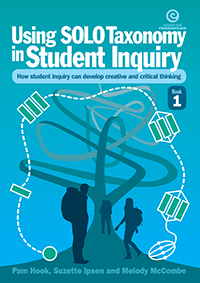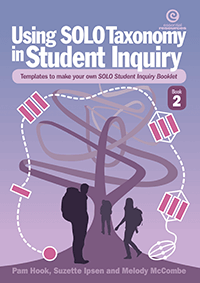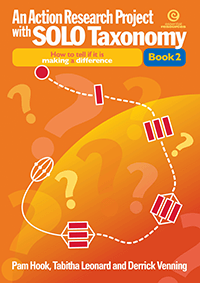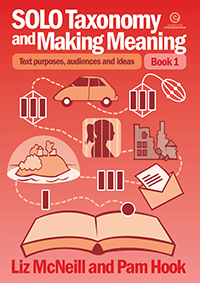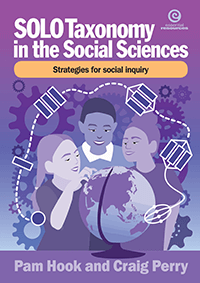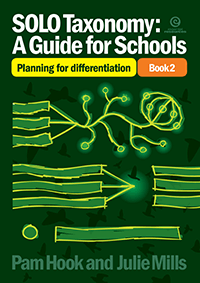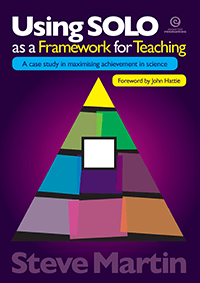Book (physical) - A good old fashioned printed book, ideal if you like the feeling of holding it in your hand as you flip through the pages. We will ship your books from our warehouse within 1-3 days.
Ebook (VitalSource eBook) - You can access this book online via a web browser or offline using the VitalSource Bookshelf App. This format allows you to read, highlight, and annotate the material. VitalSource eBooks are available immediately after your purchase is confirmed, and you will receive a link to access your eBook. Please note, this is a change from our previous PDF format, made to better protect the authors' work and comply with copyright legislation.
Combo (book & Vital Source ebook) - Need the flexibility of a print and digital version at your fingertips? Printed books allow you to share and pass around the resource with your colleagues. The Vital Source ebooks are available immediately, you can read, highlight, annotate and create flashcards online, or for offline access download the Vital Source Bookshelf App (Mac, PC, iOS & Android). Vital Source ebooks are best used on your device as they have limited printing functionality.

